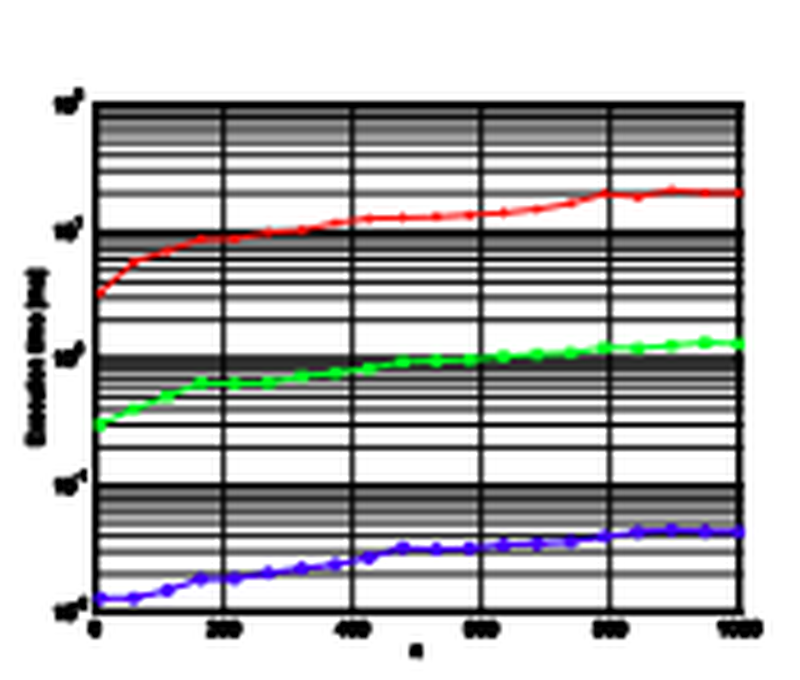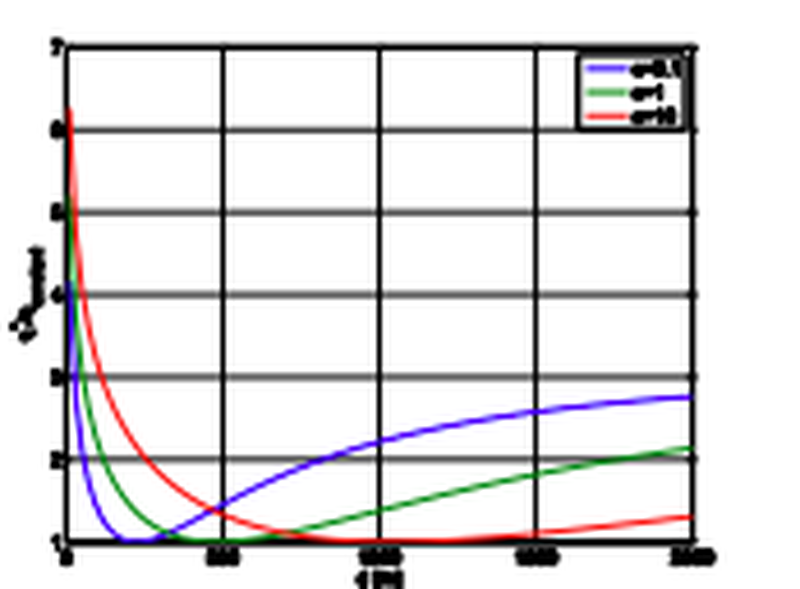Method for optimizing the transmitter power allocation in a communications system. MKT2014/0154_I
A new method for optimizing the power allocation in a communications system that can be decomposed in multiple parallel channels have been developed and patented. The technology allows to optimize the transmission rate, power or energy efficiency of a communications system with very low complexity. Partners to further develop the system and/or to establish commercial agreements along with technical cooperation are soug Ref. MKT2014/0154_I
Method for optimizing the transmitter power allocation in a communications system. MKT2014/0154_I
A new method for optimizing the power allocation in a communications system that can be decomposed in multiple parallel channels have been developed and patented. The technology allows to optimize the transmission rate, power or energy efficiency of a communications system with very low complexity. Partners to further develop the system and/or to establish commercial agreements along with technical cooperation are soug Ref: MKT2014/0154_I
El repte/The challenge
Many of today’s communications system can be decomposed in multiple parallel channels, e.g. xDSL, OFDM, MIMO, OFDMA, CDMA, TDMA, etc. If the transmitter has some knowledge about the channel, it is possible to optimize the power transmitted to each subchannel. The power allocation is typically chosen to maximize the total capacity, to minimize the power or the user fairness. Given the continuous increment of the energy costs and low-power communications systems (e.g. Machine-to-Machine), researchers have recently proposed energy-efficient power allocation algorithms, which take into account the transmitter power consumption.
Obtaining the optimal power allocation is a very complex task, specially in the energyefficient case. This prevents the application of optimal power allocation in systems with many sub-channels (e.g. with many users). The challenge is to obtain a very simple solution,
La tecnologia/The technology
This present technique enables the computation of the optimal power allocation with a complexity 2 to 3 orders of magnitude lower than related techniques.
The method uses ordered statistics to pre-compute offline a set of look-up tables based on the channel statistics. As new users enter or leave the system or the channel parameters change, the optimal power allocation is obtained from the look-up table with negligible complexit
Avantatges innovadores/Innovative advantages
- Ultra-low complexity
- Simple adoption in existing systems
- Multi-objective: maximum rate, minimum power or maximum energy efficiency
- Multi-scheme: variable rate and power, constant rate, constant rate and power
Fase actual de desenvolupament/Current stage of development
Theoretical and simulation results published in “Energy-Efficient Water-Filling with Ordered Statistics”, IEEE Transactions on Vehicular Technology, Volume 63, Issue 1
Aplicacions i mercat objectiu/Applications and target market
- Mobile Telecom Operators
- Mobile Telecom System Vendors
- Mobile and Wireless Equipment Vendors
- Communications Systems Design
- Internet of Things (IoT) and Machine-to-Machine (M2M) Vendors

Execution time of the proposed algorithm (blue line) compared with related solutions:

Energy Efficiency savings as a function of the distance
Oportunitats de negoci/Business opportunity
Tecnologia disponible per a ser llicenciada amb cooperació tècnica/Technology available to be licensed with technical cooperation
Estat de la propietat intel·lectual i industrial/Intelectual property status
Patent sol·licitada/Applied patent
Contacte/Contact
Servei de Gestió de la Innovació
T. +34 934 13 76 23
gestio.innovacio@upc.edu